A new year has arrived. This means that a number of important cars are celebrating their fiftieth anniversary this year. And 1972 brought many new car models. True to tradition, we put a number of newcomers from the past in the spotlight. Today we present part one. And we explain that Alfa Romeo Alfetta, the Honda Civic, the Renault 5 and the Fiat 132.
Alfa Romeo Alfetta (berlina)
At the beginning of the seventies Alfa Romeo a beautiful sedan range, which would remain in production for a long time in terms of model line. However, the Italians also stood for innovations. In 1972 the Alfetta appeared, a tough berlina with numerous technical adjustments. The most important of these were the transaxle transmission and the use of a De-Dion axle. For example, the Italians ensured optimal weight distribution. This configuration fit Alfa Romeo from 1974 also applies to the actual Bertone successor. That was the Alfetta based Alfetta GT and GTV series.
Alpha 2.0
The Alfetta replaced the Berlina 1750. It received the 1779 cc engine from its predecessor, which had its other successor in the Berlina 2000. The Alfetta therefore debuted as a 1.8 and was joined a few years later by the 1.6, which was equipped with single headlights, for example. The Alfetta 1977 also appeared on the program in 2000, replacing the Berlina 2000. The two-liter Alfetta was characterized by, among other things, rectangular headlights and the lack of an extra window pillar in the front doors. Later, the Alfetta was facelifted a few more times and brought Alfa Romeo still has (Turbo) diesel versions and some special versions (including the Quadrifoglio Oro). This one AlfaCompared to their graceful and light-footed predecessors, 's had a different and more weighty character, but also drove beautifully. Not for nothing did the Alfa Romeo Alfetta regularly tops the favorite lists. In 1984 he was succeeded by the Alfa Romeo 90.
Honda Civic
During the early 1972s, the Japanese car industry definitely acquired a position that could no longer be ignored. Honda was one of the manufacturers that responded to this and followed the trend of the Superminis. In 1170 the Civic appeared: a small front-wheel drive car that would ensure worldwide success. From the outset, the Civic showed a surprising degree of maturity and engineering precision. It debuted with a 1500 cc overhead cam engine and a two- or three-door body. Later, a larger four-door (with longer wheelbase) and a station version, the Civic Van, followed. The 1974 engine came, and it was available in the larger Civic models from model year XNUMX. It was also possible to equip the Civic with a five-speed gearbox. In addition, there was the unhurried Hondamatic (two gears).
Time ahead: the CVCC engine
Honda also developed the Civic with CVCC engine for Japan and America. Thanks to the pre-combustion of rich mixture, this power source ultimately emitted fewer harmful substances. The carburettor and cylinder head were designed in such a way that the mixture entered the power unit in two phases, resulting in a more favorable consumption. In 1977 Honda adapted the Civic technically and cosmetically, and also appeared with a five-door body on the program, the four-door version finally disappeared in mid 1978. In the run-up to the eighties the first Civic was succeeded by the second generation. He had more than served Honda and paved the way for the Japanese manufacturer.
Renault 5
It was a bull's eye shot. In February 1972, Renault presented the new R5. The French Supermini initially made use of various technical R4 components and of course - and in the spirit of the time - also received front-wheel drive. Nevertheless, the R5 - and that is needless to say - was a fundamentally different car than the still popular Renault 4. The R5 had a unibody construction and it was one of the first cars to be equipped with plastic shield bumpers. The first R5 models all had the umbrella stick, which later only remained for the entry-level model for a few years. The R5 debuted with 782 cc (for certain markets, for tax reasons), 845 cc and 956 cc engines.
Extension
Later on, Renault expanded the program of the R5 considerably. The LS, TS, GTL and Automatic took the R5 to a higher level with larger engines and more complete (or sportier) equipment. The toppers in the range eventually became the Alpine version and the Turbo versions launched in the 5s. By the way, the R1979 was modified in 4. There was (for certain versions) a new dashboard. A five-door version was also introduced. With the enduringly popular R5 and R5, Renault was very strong in the small class. The public embraced the beautiful, modern and French idiosyncratic R500.000 at lightning speed. Within two years Renault sold 5 units of the R1999 and it remained as popular as ever. It was built no less than five and a half million times and in 1984 it was nominated for the Car of the Century election. In 5 the RXNUMX was succeeded by the Supercinq.
Fiat 132
In 1972 the Fiat 132 appeared as the successor to the (Italian) 125. The striking and powerful 125 models were popular for a long time and expectations regarding its successor were high. The 132 failed to live up to this in the eyes of the press and potential buyers. The road holding and design of the car drawn by Gandini were certainly not appreciated. The rear-wheel drive Fiat 132 debuted with 1600 and 1800 DOHC Lampredi engines and with a conventional chassis. Fiat's sales, however, fell short of estimates. The Italians soon modified the 132. In 1974 Fiat improved the road holding and the 1800 DOHC engine got a new cylinder head. All versions received a five-speed gearbox and were optionally available with the three-speed automatic transmission from General Motors of Strasbourg. In an optical sense, Fiat also adapted the 132. For example, the new rear light units and the larger windows stood out. In the eyes of many, the Fiat 132 improved in 1974.
Third series becomes top model of Fiat
The most beautiful 132 series (although that remains subjective of course) was the third, which was presented in 1977. The 130 disappeared, and the initially so maligned Fiat 132 now became Fiats' top model and was still given the intended and deserved prestige. In the spirit of the times, the necessary chrome disappeared, giving way to more black accents. There were 2 liter and 2.5 liter diesel engines. The new 2 liter petrol engines (with and without injection) sent the old 1.8 into retirement. The 1.6 engine remained, with a slightly modified displacement. This is how the Fiat 132 ran from 1977 to 1981. It formed (also in an optical sense) the basis for the successor: the Argenta. Despite the fact that the 132 never fully came out, it became more or less a world car. Polski-Fiat, Zastava and Seat built the car under license. And Kia built the car too, in a limited edition. A Panorama (station) never got beyond the concept phase. Fiat eventually built more than 650.000 copies of the Fiat 132 in Italy.


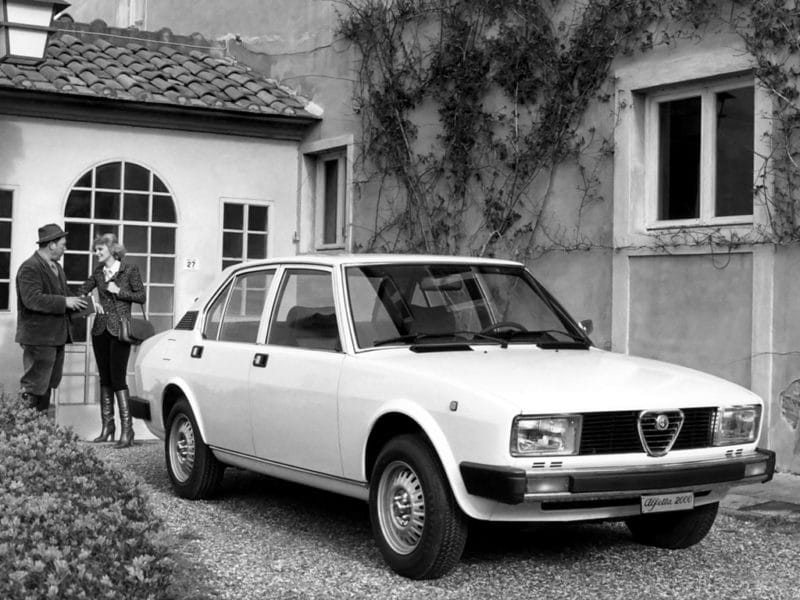
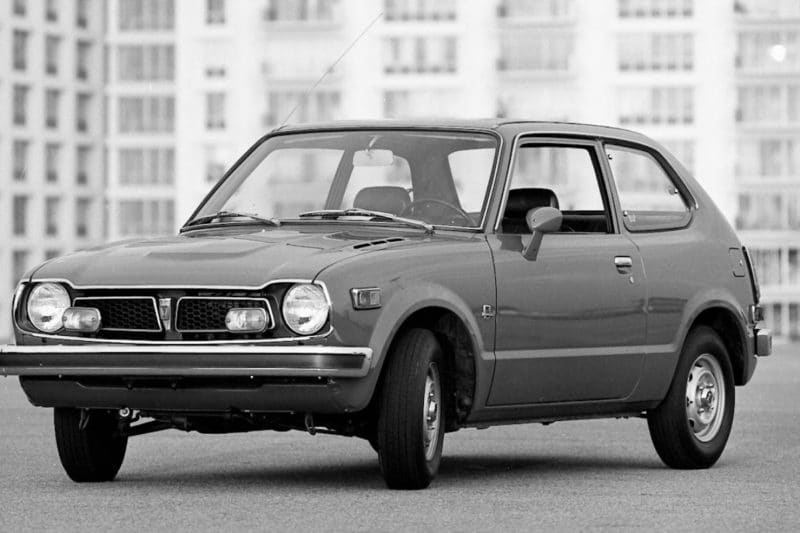


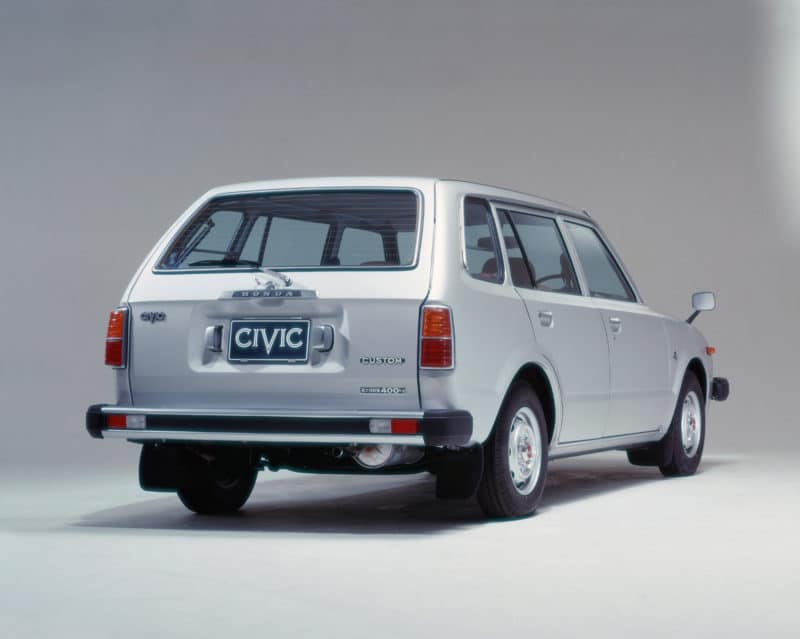

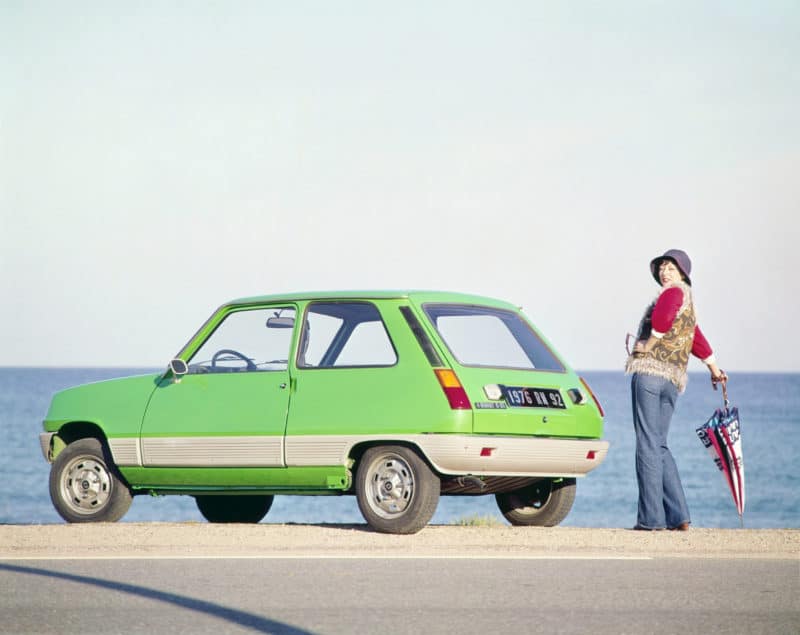
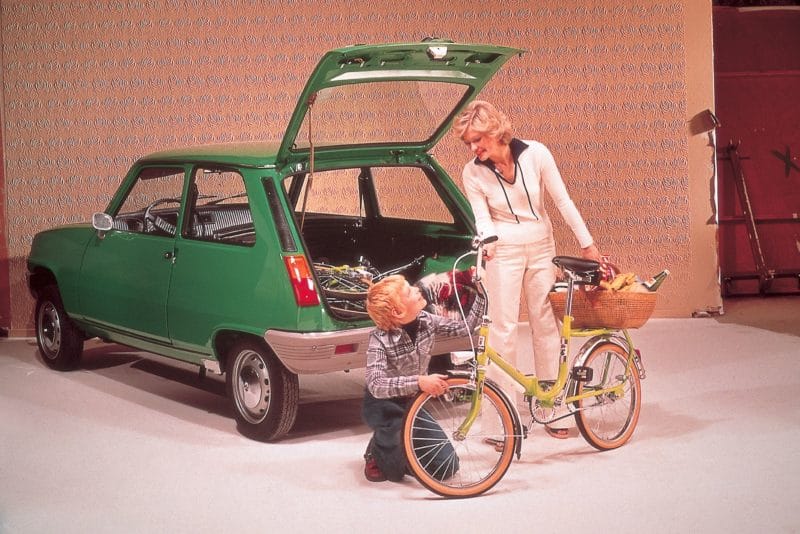







Well, glad I now have a subscription (which was about time, after all that free reading of all that nostalgia steaming car news), but language errors should not be in it, that has nothing to do with acidification. Otherwise it will remain at the 'school newspaper' level, and that cannot be reconciled with the high level of content where editing, as far as cars are concerned, is a priori thing to do.
Now about that one Alfas. The '75' and the Alfa '90' (beautiful carriage!) Could be held against the light of day in a subsequent article. That is also worth another chapter, after all the info about the Fiats that more or less covered the same segment as the aforementioned Alfa types..
That Mr. Straus, I had 4 wonderful days in 2022, just wants to go to bed and see that Mr. S might even have to drop out, because of the spelling mistakes and the sloppy messy presentation. What is the man talking about. It comes in the mailbox for free, is full of fun stuff, and I'm amazed how all these enthusiastic Boys and Girls do this every day Free of charge
It's wonderful, thank you all except Mr Straus.
Hey Straus, grow up!
Bottoms
Nice article about 4 remarkable automobiles that all wrote history. Also report separately that the Alfetta reincarnation as Alfa90 lived on until 1987, the 132 reincarnation as Argenta and also the oerVijf until 1985. Talk about a long breath…. the Civics with Hondamatic were also pretty fast in the city, they were in any case impossible to keep up with when I was allowed to drive a lesson in an E30 320i.
The Alfetta was and is a car that really warms me up. Too bad they have almost all disappeared from the streets. This compared to the Honda and the Fiat.
I also enjoy reading it every day! And I also have a subscription to AMK. So don't whine about language errors or something like that, I say keep it up.
Something that is made available “for free” and that every day, including the holidays.
And then comment. Fie
The story as described above concerning the 1750 Alfa Romeo and the Alfetta is not very clear. I think it is not entirely inconceivable that the story contains a false statement. The Alfetta has never succeeded the 1750. This regarding the Alfa Romeos 4 cylinders: The successor to the 1750 was the 2000 (berlina etc). The Alfetta has never been the successor to the Giulia since its introduction, but was entered in the catalog alongside the Giulia and the 2000. When the 2000 went out of production, its role was taken over by the Alfetta, with the 1600 Alfetta taking on the role of the Giulia and the 2000 Alfetta that of the 2000 berlina.
Dear Lorenzo.
Thank you for your response. The Berlina 1750 was indeed replaced by the Alfetta 1.8, which happened together with the Berlina 2000. The Alfetta 1.6 entered the program a few years after the Alfetta 1.8. The 1.6 received a modified engine from the Giulia Nuova Super 1600. The Giulia was never replaced by the Alfetta, but was always a level lower within the beautiful Alfa Romeo program of the time. The Giulia (Nuova) and the Alfetta therefore existed side by side. The Giulietta (model year 1978) became the true successor to the Giulia.
The Fiat 132, what a beautiful car that was.
Dear people, I have been reading this daily newsletter for some time now. With mixed feelings by the way, the content is interesting, but it is all presented in a messy and sloppy way. I don't want to talk about the many language errors. But take the article about Part 1 of the cars from 1972. Beautiful photos in a large variety. Now I can quite a Fiat 132 from one Alfa Romeo, but which types of Fiat 132 are concerned? Each time the captions are missing. That shouldn't take too much effort, or is it pure laziness? For example, from which year are the various Alfa types. Same with Honda. Last week it went the same way with Mercedes Benz. Too bad, because I keep having to drop out. And that cannot be the intention.
More details and a more detailed description of these articles can always be found in the AMK magazine, by subscription or simply for sale at the newsstand.
Bit sad to be so negative about these beautiful and nicely written articles that are offered to us daily for free.
Dear Cees, if you read the letter with mixed feelings, cancel your subscription to this newsletter. Then you won't annoy yourself and us readers who do appreciate it. You happen to be or were a teacher, because your style reminds me of that. Know-it-alls who are sourers and sickeners of students. But one thing you forget we are all adults and do these newsletters out of passion and then it does not necessarily have to be perfect.
Have a nice day.